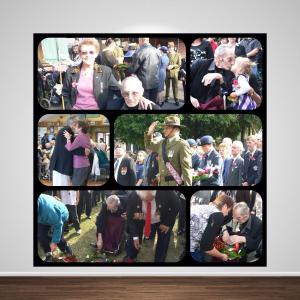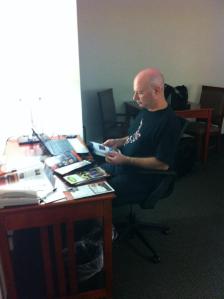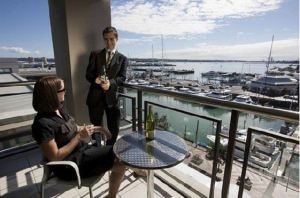My first trip to New York City was on the first week of January 1994, if I remember correctly. I was really excited about going to New York, especially the first time. Who wouldn’t be? I was in a New York state of mind.
It was bitterly cold, even for NYC. With the wind chill factor, it was -18C or -.04F. I was lucky to even land because of the ice and snow. In fact, most of the time I was there, all 3 airports were closed, and I was hoping to be forced to stay longer, outside of my control. Unfortunately, that didn’t happen.
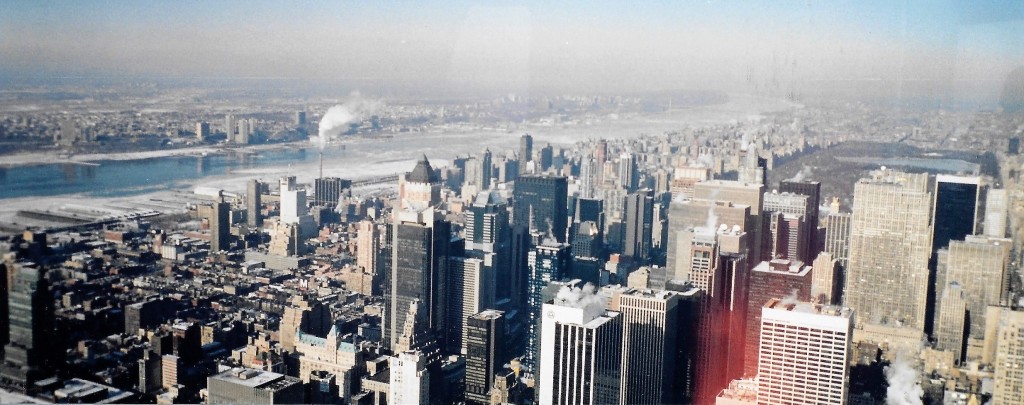
I was there to attend NRF, the annual National Retail Conference, probably the biggest conference of its type in the world, looking for new products I could import into New Zealand.
My Hotel, The Manhattan Times Square was a 10-minute walk from Times Square and very close to the start of Broadway.
I had a lot of learning to do as a greenhorn, starting at Newark Airport, where I had landed at midnight on a domestic flight from Los Angeles. I was exhausted after travelling non-stop from Auckland, New Zealand. A trip with delays in transit of almost 24 hours non-stop. I struggled to sleep on the planes, which didn’t help,
As I went to get my baggage off the conveyor, it was one of the last bags and the place was almost deserted. There was a sign saying ‘Don’t use Gypsy Cabs’ hiding in plain sight, amongst the advertisements on the wall. Grabbing my high-viz yellow Samsonite Case, I went to look for a Yellow Cab, but there was nothing in sight.
A huge black man approached me with a pearly white smile and asked if I was looking for a cab into Manhattan. He told me there wouldn’t be any more Yellow Cabs till morning, and that he worked for a professional travel service. He had a smart business card with his photo on it, and I needed to get to my hotel. He told me the cost to go into the city was $75 and I had nothing to reference, so I agreed.
The card said something like limousine services, and we got into a Jaguar which I thought was unusual, especially in New York. When we got into the car, he called his base on a 2-way radio, which gave me a little confidence, as he told them our destination. There was a little banter and we were on our way.
Being my first trip, I had no idea what it should cost. The trip seemed to take forever. The driver told me he was from Nigeria and that he worked as much as he could so that he would be able to bring his wife and children over. The route didn’t seem to involve a lot of freeways, but this was Newark, not JFK. I had to trust him, although when I got to the 30-minute mark I was starting to feel some unease. All sorts of things were going through my mind, that could possibly go wrong.
Finally, we arrived at the hotel, and a concierge opened the door for me. Having got me there safely, the driver badgered me to give him the booking for the return trip a week later, asking for my flight departure details. He convinced me and told me to give his office a call on the number on the business card if I needed to change the date or time.
The hotel was one of the venues for the conference, it was a bit after 1 am. The first thing I asked was about taxis and what I should have paid to get to the hotel from Newark. She said about $30-$35. As I got to my room, I tipped the concierge who had insisted on carrying my suitcase, I rang and cancelled the return trip! The receptionist was friendly and asked why I was cancelling. I explained that I was a green Kiwi traveller and that the hotel told me they could put me in a yellow cab to JFK for less than half of what I paid to get there. She asked me if I had a problem with the driver, I replied not at all, he was a nice guy. “No problem”. I think she was used to this happening. I’m sure there were more than enough green travellers to keep them in profit.
By the time I was unpacked, it was about 6 am in Auckland, so I rang home to let Charmaine and the girls know I had arrived safe and sound and then slept like a baby.
The following morning, I flew down the lift from my room, which I think was on the 35th floor. I got an electric shock from the door of the lift as I brushed out the door. I would get used to that. After a quick breakfast, I thought I would go exploring.
Even back then, I was follically challenged and it was bitterly cold. The streets were mostly square blocks, with steam coming from the buildings through holes in the dirty snow, just like in the movies. My scalp hurt from the pain, especially on the cross streets where the wind was blowing. I had to go into shops I wasn’t the slightest bit interested in, to walk through the air conditioning curtain and defrost my head.

I decided I had to go somewhere to buy a beanie, and found myself at Macy’s. Well, it seems everyone had the same idea because I got the last beanie in that huge store. It was two sizes too big for me. But it was warm and that was what mattered.
Now I was able to explore. My first walk from there was to Times Square. That wasn’t very exciting on a Saturday morning, with a few Police at the station, but I knew the time to go there was in the evening when all the Christmas lights and decorations competed for attention with the huge screens. I did note an ad on one of them promoting New Zealand, which was cool.
I headed back towards my hotel and Broadway. I was still excited and with a spring in my step, I walked and sang George Benson’s Broadway to myself.
Being a Kiwi, when I walked past people I’d give them a friendly gidday nod, as I would on Ponsonby Rd back home to anyone. One guy I did that to asked me what I needed and offered me all manner of drugs. I was on a natural high until I gave the same nod to an African American man leaning in a doorway and got a very gruff, “What’s your problem?” I didn’t stick around to chat with him.
Arriving at Broadway, it was too early for any shows, the scalpers weren’t out yet, but perusing the shows, I went to a ticket booth and bought a ticket to see Crazy For You at the Schubert Theatre, which won several Tonys the previous year.
I had grown up with Gershwin and sat down wondering which famous people had been in that theatre over the years. It wasn’t the most modern show, but it was perfect as a welcome to NYC. I knew many of the songs and still have the program in one of my storage boxes of treasures.

This was my only winter trip to NYC and I revelled in it. Walking through the snow in Central Park and watching people ice skating there and in Rockefeller Plaza, going to the top of the Empire State Building which was even colder than the streets below.

I visited the World Trade Centre observation deck. Now that was an experience. I stood in a queue for the first of the two lifts for probably about half an hour, but the views were amazing. I consider myself very lucky to have had that experience, because one day, which will feature in a future post, the walls came tumbling down.


I would go back the following year, but in summer, which was totally different. But that again, is another musical story.

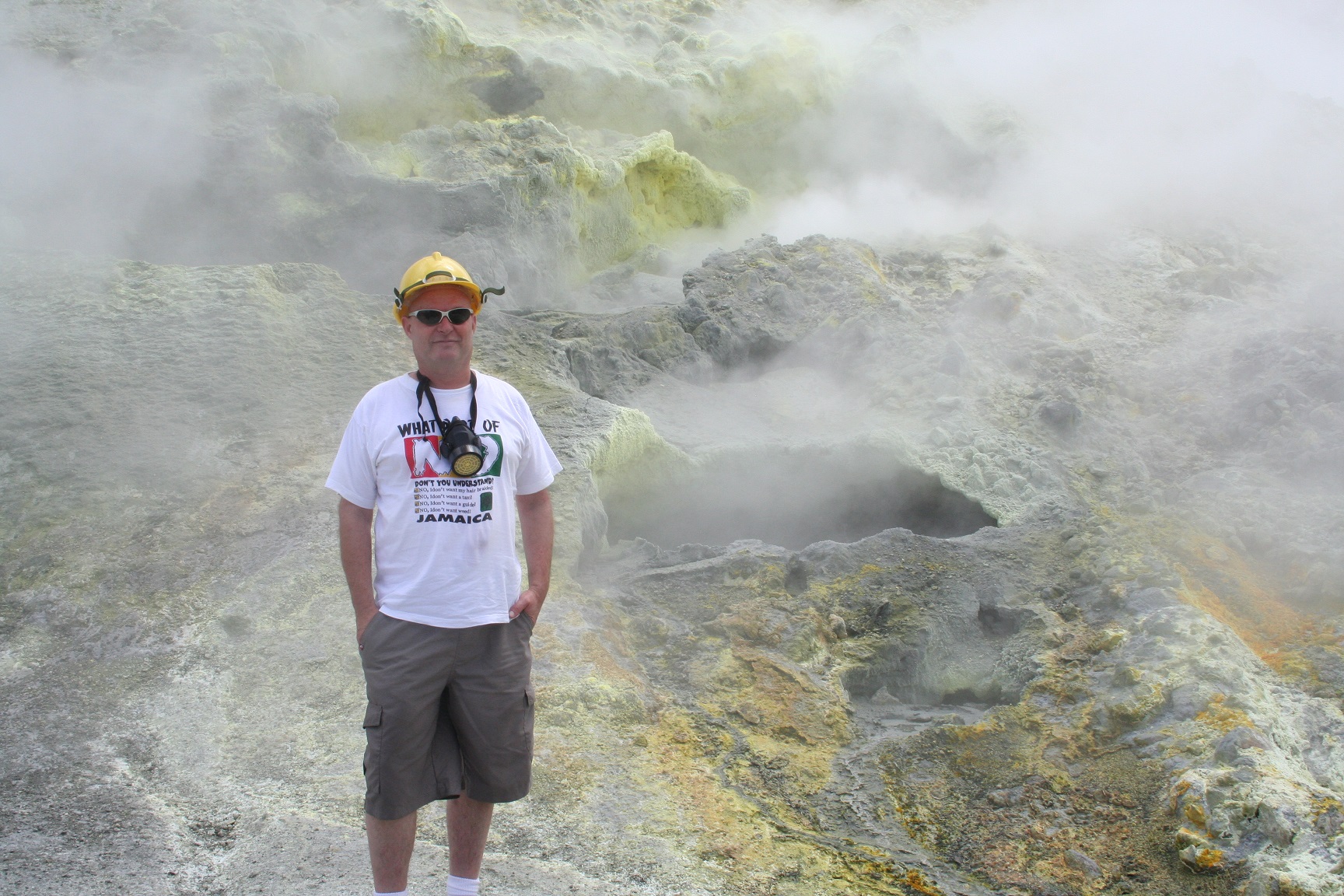 I have always been fascinated by lava. Living in New Zealand, I have been to White Island and experienced sulphur plumes, seen active crater lakes and live a few kilometers from Rangitoto Island, a dormant volcano in Auckland. I’ve seen bubbling mud and enjoyed geothermal hot pools, but I have never seen actual lava pouring down a volcano.
I have always been fascinated by lava. Living in New Zealand, I have been to White Island and experienced sulphur plumes, seen active crater lakes and live a few kilometers from Rangitoto Island, a dormant volcano in Auckland. I’ve seen bubbling mud and enjoyed geothermal hot pools, but I have never seen actual lava pouring down a volcano.